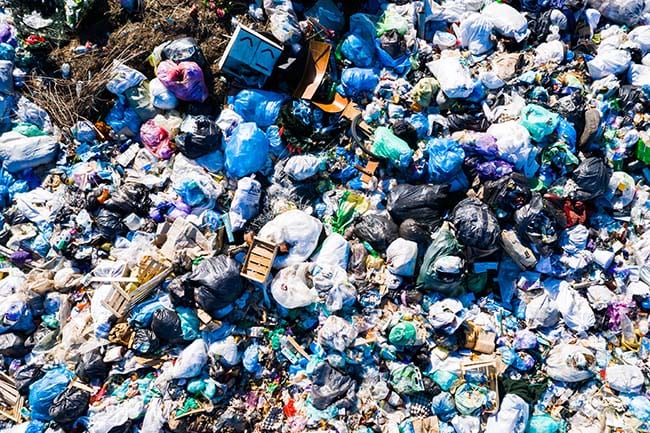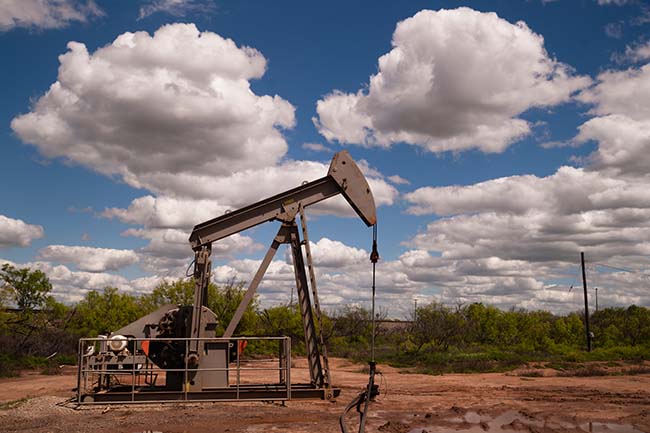Scientists spent several decades trying to help people understand the impact of human activities on the environment. As a society, we have come a long way since the first environmental protection efforts began. However, America’s rolling back of many of those protections took several steps back from national sustainability efforts. There are unsustainable activities to address at the private levels as well.
1. Wasting Food and Water
Nutritious food and clean water make up the cornerstone of human survival. In spite of this, people all around the world waste billions of food and water every year. The U.S. Environmental Protection Agency estimates that, on average, each American family wastes 9,400 gallons of water each year. When it comes to food waste, the sustainability problem is arguably worse. The EPA estimates that food waste reaches 133 billion pounds per year, which is almost a third of the available food supply.
2. Buying One-Use Plastics
At the start of 2019, Jamaica went from having the highest per capita use of plastic bags to banning plastic bags and plastic straws. Many have wondered when America and other developed nations might take similar steps. From 1960 to the present time, the plastic waste management problem has grown exponentially in America. The vast majority of plastic waste ends up in landfills, and none of it can be composted. To make matters worse, it can take up to 1,000 years to break down plastic.
3. Depending on Fossil Fuels
In recent years, solar power and other alternative forms of energy have grown exponentially. From electric vehicles to windmill farms, sustainability efforts are on the rise. Even people who do not believe in climate change have turned to alternative energy forms to reduce their utility bills. However, modern societies still depend too much on non-renewable sources of energy. Stanford estimates the following based on the current usage rates:
- No more coal by 2090
- No more gas by 2060
- No more oil by 2052
4. Overpopulating Cities
When it comes to America’s landmass, 97% of the entire region is considered rural. This makes it even more surprising to find that 80% of the population lives in the 3% that counts as urban centers. When governments and private organizations focus their investments only on urban centers, this contributes to environmental and infrastructure-based problems. It also threatens economic sustainability in rural areas, causing people to move to the cities. This perpetuates the cycle.
5. Contaminating Resources
Unfortunately, overpopulation, fossil fuel dependency and waste management problems all increase the risks of contaminating natural resources. Urban centers, farming districts and industrial facilities produce a lot of waste that can contaminate the soil and groundwater, if not managed properly. If this continues, soils will yield less nutritious food and smaller harvests. Similarly, the freshwater crisis might only grow worse.
The Bottom Line
Sustainability requires all hands on deck. Unfortunately, environmental protection has become politicized as a “liberal” issue, which can make it difficult to encourage the group effort required. Even so, each person can do his or her part at home. The collective results will be well worth the individual sacrifices made.
Sources:
- https://www.epa.gov/watersense/statistics-and-facts#:~:text=Water%20Stats,gallons%20of%20water%20annually%20nationwide.
- https://www.epa.gov/sciencematters/americas-food-waste-problem
- https://www.forbes.com/sites/jamesellsmoor/2019/02/15/banning-plastic-how-jamaica-moved-to-save-its-environment/#572514af163d
- https://www.epa.gov/facts-and-figures-about-materials-waste-and-recycling/plastics-material-specific-data
- https://www.washingtonpost.com/business/2018/12/18/americans-say-theres-not-much-appeal-big-city-living-why-do-so-many-us-live-there/
- https://mahb.stanford.edu/library-item/fossil-fuels-run/



